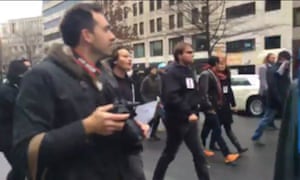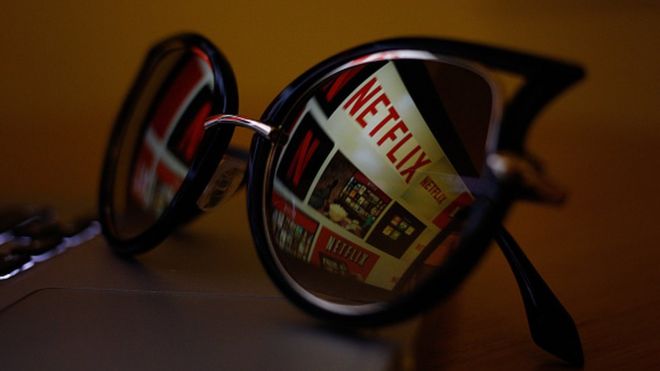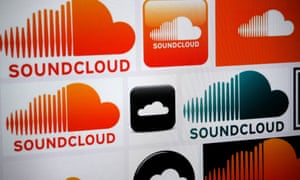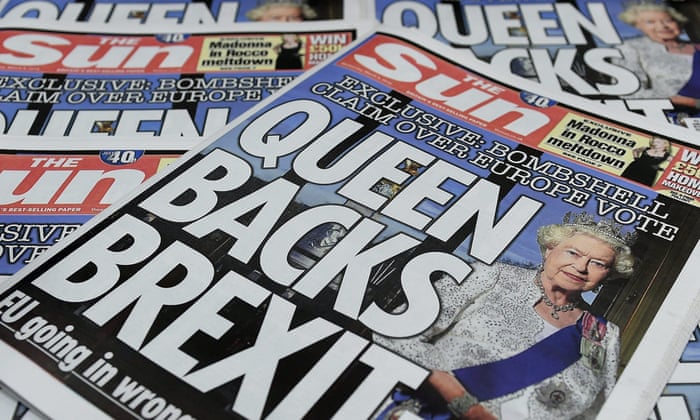Fanon: Similarly, Fanon's theory is also based on racial representations, specifically within the black community. The theory focuses on stereotypes,also coming under 4 themes: infantilize, primitivize, decivilize and essentialize. Ultimately, these 4 themes degrade the black individual.
Said: Said's theory on orientalism also focuses on racial representations and stereotypes, but specifically in the middle east, where the generalisation of their characteristics has resulted in the media creating a division between the east and west due to their differences.
2) Watch the opening of Yasmin (2004) again. Does it offer a positive or negative view of British Muslims? To what extent does it reinforce or challenge Edward Said's theory of Orientalism - that the west is superior to the exotic or uncivilised east?
The opening of Yasmin creates a negative view of British Muslims.
The scene creates a sense of isolation from the rest of society, as the dull
and environment suggests a sense of detachment. This reinforces Saids’ theory as
the audience immediately come into contact with the divisions between the
western and eastern culture, which is predominantly portrayed through the
images of the mosque and the call of prayer. An impoverished image is also created through
the setting, which links back to Alavardos theory of the pitied. The harsh
dysfunctional environment contrasts that of a socially functional one, suggesting
that the west is superior thus supporting saids theory of orientalism. Yet on the other hand, it could be argued that
saids theory of orientalism is being challenged through the protagonist Yasmin,
as we see her subverting from the typical representations of Muslim women being
portrayed as subordinate to expectations. Yasmin is seen taking off her Islamic
attire, at a pub and integrating with society through her work, which
highlights that the western and eastern culture can go hand in hand in some
cases and that the east and its people are not uncivilised.
3) Finally, choose THREE clips for EACH of the theorists and explain how you could apply that theory to the clip. Pick a selection of clips on YouTube from TV, film, music video or advertising and embed them in your blog before writing your analysis under each clip.
Alvarado
67's music video links back to Alvardos theory of the dangerous, as the rappers in the video repeatedly discuss crimes while making gang signs. Their costumes also carry connotations of gang culture which emphasises on the sense of danger, alongside with the estate setting which suggests they are loitering and involved in anti-social behaviour.
Kevin Harts comedy work links back to Alvardos theory through the concept of the humorous, as his role as a comedian engages the audience through his entertainment
This news clip on the Haiti links back to the concept of pity, as the images of poverty and the insight on the villages from the citizens suggest at an impoverished environment
Fanon
The opening of City of Gods links back to Fanons theory on the decivilised as the audience see the "gangsta" of the neigbourhood chasing a chicken yet in such a dangerous manner where he is seen shooting around carelessly, This creates a sense of a dysfunctional environment with decivilised inhabitants.
This scene from Beast of no Nations links back to fanons theory on the primitive, as represented through the tribal and traditional costumes the characters are wearing. The concept of the primitive is further reiterated through the leader demanding a child to murder a man they have captured, which is clearly inhumane and backwards.
This clip shows extracts of the London riots, in most of the images the youth are seen to be young black males wearing hoodies which essentalizes the black youth and the youth in general as being dangerous and yobs.
Said
This scene from United 93 links back to Saids theory as there are clear divisions between the terrorists (who represent the east) and the citizens (who represent the west) on the plane. This suggests that the east is a hotbed of terrorism and portrays the citizens of eastern countries as dangerous, whereas the western citizens on the plane are represented as heroes as they fight them back.
This scene from Citizen Khan also links back to the theory of orientalism as the audience come into contact with the various differences between the east and west through the protagonist discussing the issue of immigrants, Ironically, he believes he is a western citizen.
This scene reinforces Saids theory on Orientalism as the eastern characters in this scene are subordinate to the dominant western character. This is represented through their astonished reactions and awe at his home, suggesting that they may have never come across such a thing. This creates a superior complex between the west and the east.







